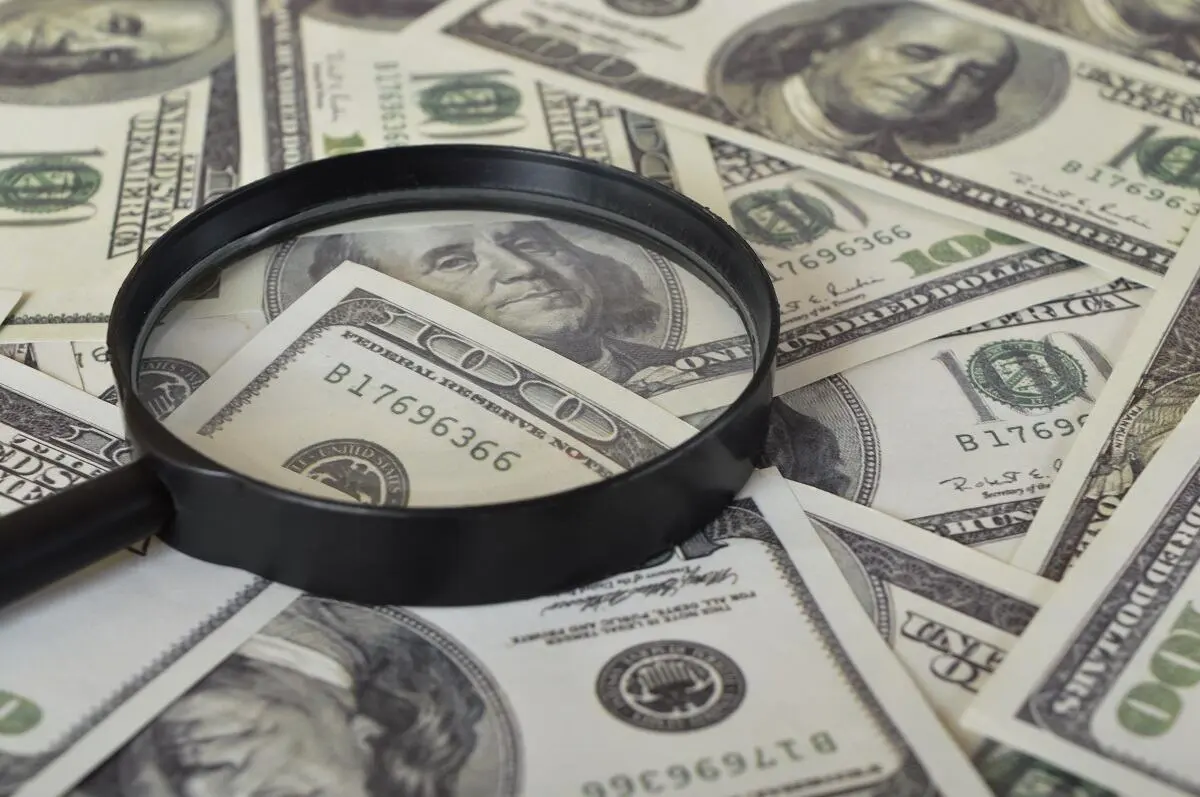According to projections about usd forecast 2023 made by the US central bank, the Federal Reserve anticipates that interest rates will reach their peak at around 4.5% to 4.75% in 2023.
In 2022, a significant event took place as the United States dollar experienced a remarkable strengthening against most major currencies. The Federal Reserve (Fed) played a vital role in this development by implementing a series of substantial interest rate hikes aiming to address the issue of inflation. In 2022, the nominal broad dollar index, a metric utilized to gauge the value of the U.S. dollar against a basket of currencies commonly employed in global trade, exhibited a significant appreciation of more than 12%.
USD Forecast 2023 Overview
Meera Chandan, Global FX Strategist at J.P. Morgan, noted that
The combination of factors that had previously been favorable for the US dollar in 2022 has now shifted. The markets are currently reflecting an aggressive expectation of easing measures by the Federal Reserve due to increasing indications of disinflation. Additionally, the outlook for global growth in the present year is no longer as pessimistic as it appeared earlier in 2022.
According to J.P. Morgan Research, they maintain a modest usd forecast 2023; however, they have adopted a neutral stance on the US dollar. Meera Chandan stated that while they have long-term concerns regarding the overall trajectory of the global economic cycle, which they believe should generally favor the dollar, the current period reflects positive global surprises and a reduced sense of US exceptionalism.
This indicates a phase that aligns with the trough of the “dollar smile,” although its duration remains uncertain. Chandan further added that the key trading themes for 2023 involve a regional shift in growth away from the United States, albeit temporarily, towards China, as well as increased differentiation with high beta foreign exchange markets.
USD Forecast 2023 Analysis
In a note, Maxim Hofer, a consultant at Euromonitor International, conveyed the following analysis:
“The strength of the US dollar is diminishing after reaching its peak, but it is anticipated that volatility will remain high throughout 2023. Despite the projection of a further decline of the dollar in the coming year, it seems that exchange rate fluctuations will persist. This primarily attributes to considerable macroeconomic uncertainty, including ongoing global recession risks. As well as Substantial labor market shortages drive persistent US inflation.
Both of these developments, namely the anticipated decline of the US dollar and the potential rise in interest rates, have the potential to reignite investor interest in US assets, leading to an increase in the strength of the dollar. Consequently, businesses and consumers located outside the United States may experience renewed financial pressures related to exchange rates, which could ultimately harm global economic growth.
ECONOMICAL Outlook
HSBC analysts also expressed a bearish outlook on the trend of the US dollar. In their USD forecast 2023, they commented:
“While we acknowledge the potential for “safe-haven” demand for the USD in the event of a severe economic downturn in the United States, we consider this to be a risk scenario rather than an inevitable outcome. Historically, there have been few instances in which the Federal Reserve caused a significant economic downturn through overly tight monetary policy.”
According to projections, the year 2023 is expected to witness a stagnation in economic activity, accompanied by an increase in unemployment and a decline in inflation rates. Initially, interest rates anticipate to remain at high levels. but over the next few years, they are projected to gradually decrease as inflation continues to slow down.
GDP Growth
According to the projections by the Congressional Budget Office (CBO), the economic growth measured by GDP experienced a cessation in early 2023 due to the significant increase in interest rates during the previous year. Following this halt, the GDP growth gradually recommences but at a sluggish rate. The CBO predicts that the real GDP, which is the GDP adjusted to account for inflation, is expected to expand by a mere 0.1 percent for the entirety of 2023.
Inflation
In a USD forecast 2023 on January 30th, Chris Turner stated:
“At the beginning of the week, the US dollar is trading within narrow ranges, close to the year’s lows. This week will serve as a test for the commonly held belief among investors that.
- the Federal Reserve will begin to acknowledge the easing of price pressures and eventually conclude its tightening cycle
- the reopening of China will contribute to global economic growth, and
- lower energy prices will result in improved growth prospects for Europe.”
The projections indicate a gradual deceleration of inflation in 2023, resulting from the alleviation of pressures arising from the factors that led to faster growth in demand compared to supply in previous years. As per the Congressional Budget Office (CBO) projections, inflation, as measured by the (PCE) price index. It seems to be 3.3 percent in 2023 and 2.4 percent in 2024. Furthermore, PCE inflation is expected to continue its decline beyond 2024. Nearing the long-term objective of the Federal Reserve, which aims for a 2 percent inflation rate by 2026.
What factors could influence the US Dollar?
It influences by various significant factors. One of these factors is the monetary policy decisions of the Federal Reserve, implementes are based on macroeconomic conditions and data. Additionally, political events and geopolitical factors can also have an impact on the USD forecast 2023.
As an illustration, in instances where inflation in the United States is high and the Federal Reserve takes measures to increase interest rates to control consumer prices, it is common for the value of the USD to appreciate. The reason behind this is that higher interest rates tend to attract foreign investment, thereby increasing demand for the currency. Moreover, a reduction in interest rates aimed at stimulating economic expansion can lead to investors exploring investment prospects in foreign countries. This phenomenon can potentially contribute to a depreciation of the USD’s value.
SOURCES:

